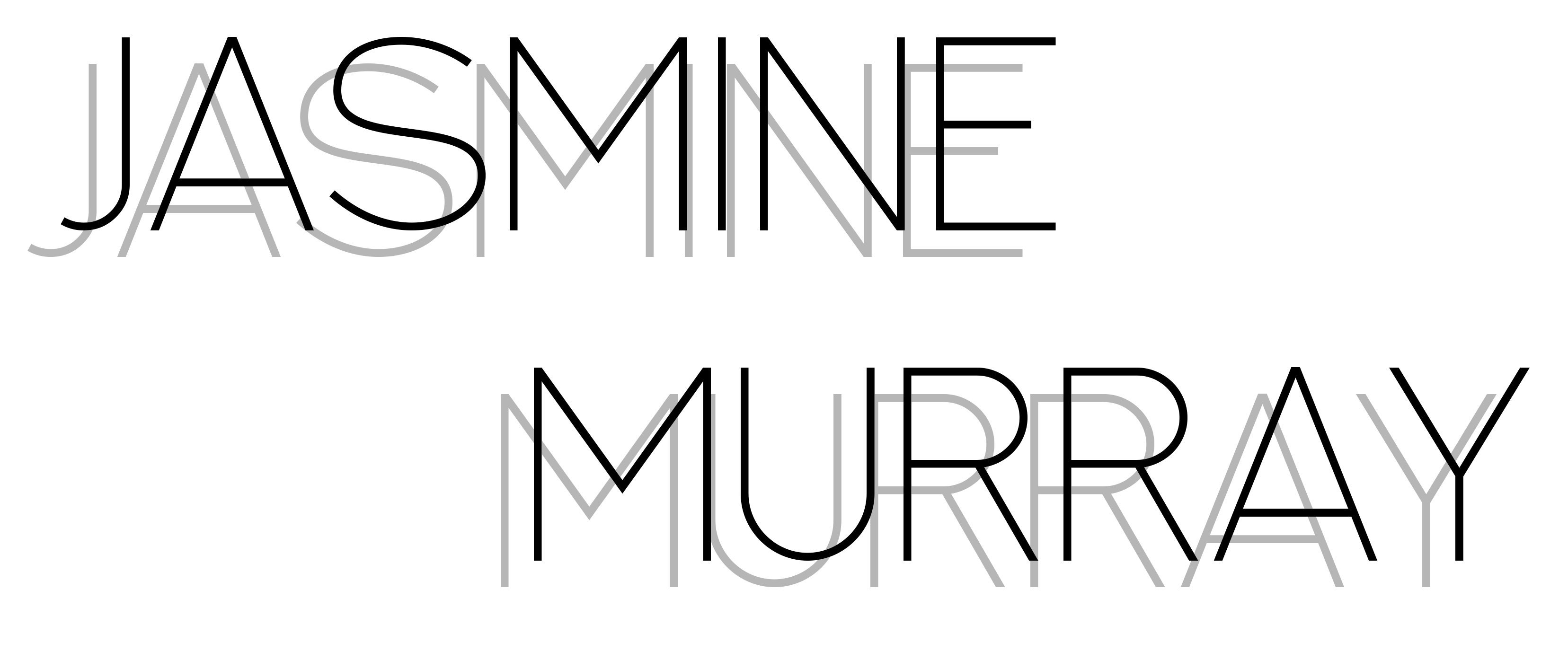“Once I feel myself observed by the lens, everything changes; I constitute myself in the process of ‘posing’, I instantaneously make another body for myself, I transform myself in advance into an image.”
(Barthes, R. 1980; 10)
I found Barthes comment in Camera Lucida (above) resonated strongly with the image I produced this week. As mentioned in previous blog posts about my practice, I ultimately produce images that are heavily staged with a recurring theme of challenging the uncanny. This has mostly meant in the past creating images in the studio using 1/6 scale realistic dolls, styled and posed by myself (and often creating miniature set ups to accompany them).

Work in Progress: Reflection
My current WIP follows on from my existing practice of using dolls and miniature props, however I have begun to transform their reality and landscape by merging them into glitchy real world locations, using layers and montaging in Photoshop, as a comment on how social media twists reality, as well as a comment on how the mass adoption of the smart phone has affected human relationships, producing couples who are in themselves an authentic lie, spending most of their time hunting for the perfect ‘aspirational’ couple selfie, rather than observing the world around them, or even each other.
Figure 1 was also the image I posted on to the forum’s for this week’s activity, where we were asked to post a new image from our current practice, without any kind of explanatory text. Overall the interpretations I received from my peers (Figure 2) were of a dominant reading, in line with my own intent. Some were more negotiated readings than others, in that they understood that the piece was about social media/the internet place in today’s world, but added additional meanings that I had not considered such as the notion that the couple in the image were one and same, a split personality rather than two separate characters.


The comments received in the forum aligned with the feedback received when I showed Figure 1 in the webinar, even with those on it who haven’t been on the same webinar as me before, and were therefore unfamiliar with my practice. However it was a negotiated reading that has made me question my intent, as one of my peers stated they felt my image used the tube as a metaphor, representing underground internet cables transporting our virtual self, and that everything is moving so fast that it’s like we all are missing something. Interestingly this reading is closer to my intention with my work in the previous module (Transhumane: Immortality of the Self). And perhaps Figure 1 is the means to link my current WIP to my previous module.

Another interesting comment that seems to crop up in general about my practice is that the dolls, give off a Blade Runneresque vibe, as they look blank and robotic, yet at the same time gaze knowingly. I hadn’t given this much thought in the past, beyond the fact that my dad used to expose me to watching sci-fi dystopian films, in particular Blade Runner as it was his favourite. Having grown up with this type of visual imagery, has become a part of my subconscious, as well as influencing my own taste in films, books and visual culture. The latter arguably was assisted by the fact I grew up during the years of Y2K futuristic sub-culture in the early noughties, where artists such as Micha Klein created imagery that was a futuristic utopia that ultimately never came to be in reality.
References
Figures
Figure 1 Murray, J. (2020) WIP: an Authentic Lie?
Figure 2 Canvas (2020) Screengrab from forums
Figure 3 Klein, M. (1998-2002) Solange from Artificial Beauty Series. [Online] Available from: https://www.michaklein.com/catalogue-1 [Accessed 19/02/2020]
Bibliography
Alexander, L. (2016) The Guardian: The Y2K aesthetic: who knew the look of the year 2000 would endure? [Online] Available from: https://www.theguardian.com/technology/2016/may/19/year-2000-y2k-millennium-design-aesthetic [Accessed 18/02/2020]
Barthes, R. (1980) Camera Lucida. pg 10. London; Vintage.
